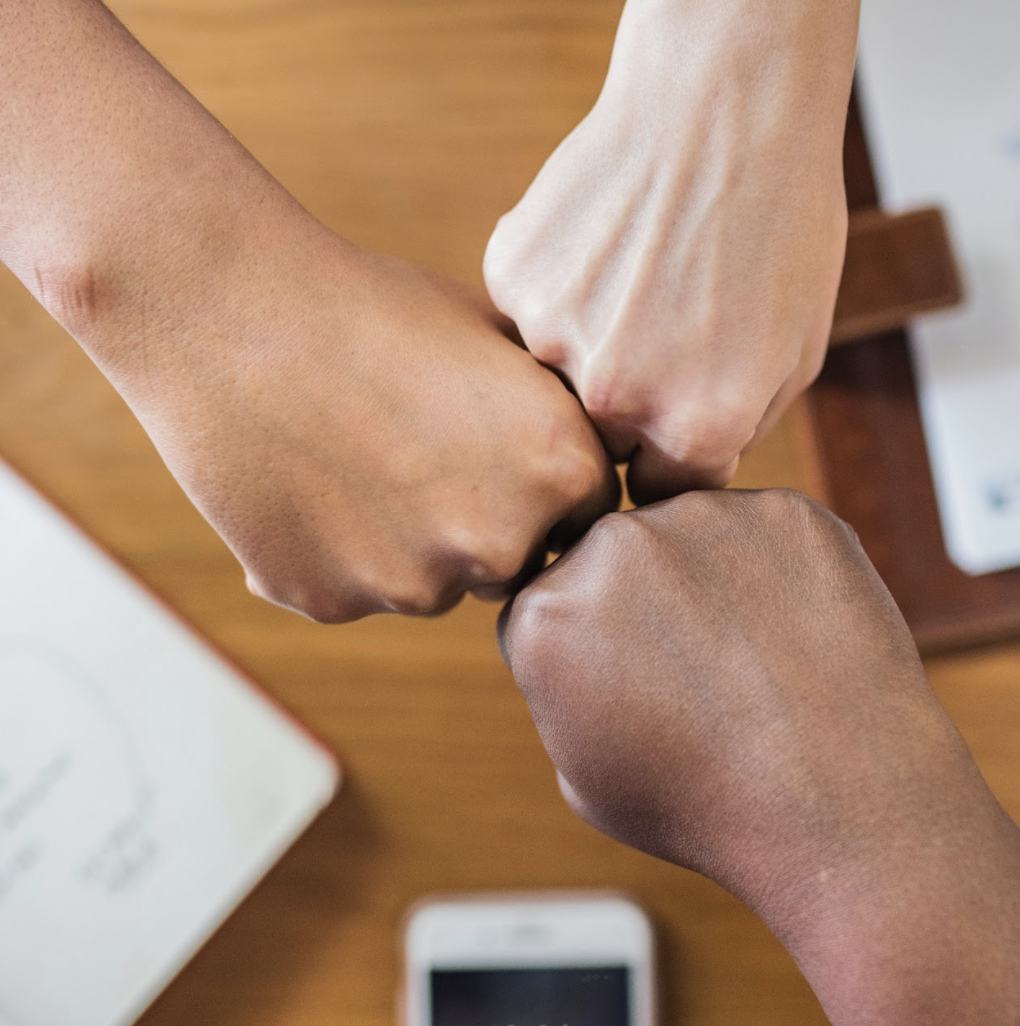 From the gloom on students’ faces, you would have never known that outside the sun was shining and the birds were singing. It was to be indoor recess yet again. Rain had caused groundwater to rise to the surface, creating waterlogged conditions around the school. The drainage issue not only affected students’ use of the playground, it threatened trees and shrubs that were not adapted to growing in water saturated soils. We had a very real problem on our hands.
From the gloom on students’ faces, you would have never known that outside the sun was shining and the birds were singing. It was to be indoor recess yet again. Rain had caused groundwater to rise to the surface, creating waterlogged conditions around the school. The drainage issue not only affected students’ use of the playground, it threatened trees and shrubs that were not adapted to growing in water saturated soils. We had a very real problem on our hands.
The goal of our project-based learning (PBL) unit was clear—to develop a sustainable watershed that will reduce storm water from standing on school grounds. The project embraced all of the Essential Project Design Elements developed by the Buck Institute for Education. The element that I continued coming back to during my design of the project was “Sustained Inquiry.” If students were to deliver results, they would need to seek information beyond the traditional sources.
Collaborate for Support
I knew my elementary students were capable of generating solutions for the drainage issue, but not alone. PBL relies on collaboration. Collaboration fosters student agency and influences the development of critical thinking skills. When students collaborate, they take ownership in the project. The students in your class have unique experiences and abilities that will advance the project’s goals. If collaboration is so advantageous for students, why not then for educators?
I realized a long time ago that I do not possess all of the expertise or resources my students require during PBL. Instead, I strive to facilitate a learner-centered environment. One of my duties is helping students form partnerships with individuals outside the classroom. The creation of a PBL Support Team will take your PBL classroom to a whole new level.
Here are five suggestions of members for your PBL Support Team. While the categories may remain the same for each project, the specific individuals and organizations may change. This is by no means an exhaustive list, but it is a great place to start.
1. Learning Community
A learning community is a supportive network of people you and your students can learn from. These people might be teachers in your school district, members of professional associations, or educators you have connected with online. Your networks might even lead to in-person and virtual meet-ups between your students and classes or experts from around the world.
For our storm water project, I reached out to the Kentucky Geographic Alliance, who put in me contact with a geography professor at Western Kentucky University. He agreed to visit my school to demonstrate the use of a geographic information system to display the topography of our school’s watershed. Students gained a better understanding as to why the drainage issue was happening in the first place.
2. Resource Teachers
As you prepare for a PBL unit, collaborate with special education teachers. A resource teacher at my school showed students how to use a variety of Chrome Extensions that enhanced their access to and use of online content. For instance, many students used the extension Just Read that removes ads and comments from web pages. Consequently, students were able to focus on the article’s content rather than sidebar distractions.
Knowing your students’ needs from the beginning enables you to plan purposeful modifications, assessment practices, and materials. Resource teachers will help you adapt instructional procedures so PBL is accessible to all.
3. Technology Department & Librarian
As you design a PBL unit, communicate with your district’s technology department and school tech support staff for advice concerning digital tools and hardware to use. My students worked with staff from the district-wide makerspace on using a 3D printer to create models of out school’s topography. Students used the models to show stakeholders how the school is impacted by rainwater.
The school librarian is an authority on virtual information sources suitable for your students, and many have the expertise to conduct mini-lessons on technology-related skills ranging from digital citizenship to graphic design. As school librarian, I helped students conducting inquiry in the storm water project to access age-appropriate websites and use public domain images for their presentations.
4. Local Organizations
A quick Google search will give you lists of groups nearby that students could contact for support to a project. If you are unsure about who to reach for a problem or topic, ask members of your PBL Support Team. My students collaborated with the local soil conservation office to develop solutions for the school’s drainage problem. A soil conservation agent visited our school and conducted hands-on experiments and answered students’ questions. The soil conservation office has dedicated itself to sustaining our students’ project far beyond their final products.
5. Parents and Guardians
Students’ families should be another important member of your PBL Support Team. Involved parents promote positive classroom behavior and validate students’ efforts. Families who invest in a PBL classroom are more likely to volunteer, offer their talents, and organize enrichment activities. Any time students worked after school on their storm water project, parents were present. They not only helped facilitate learning activities, they challenged students to view the project from a different perspective.
PBL is a collaborative effort that extends beyond student-led groups. Outside of the classroom walls, support awaits. Colleagues in your district, individuals in the community, and families at home want to help students succeed. As you identify learning goals, determine a topic, and plan instruction, involve your PBL Support Team. With their help, your PBL classroom will blossom.

